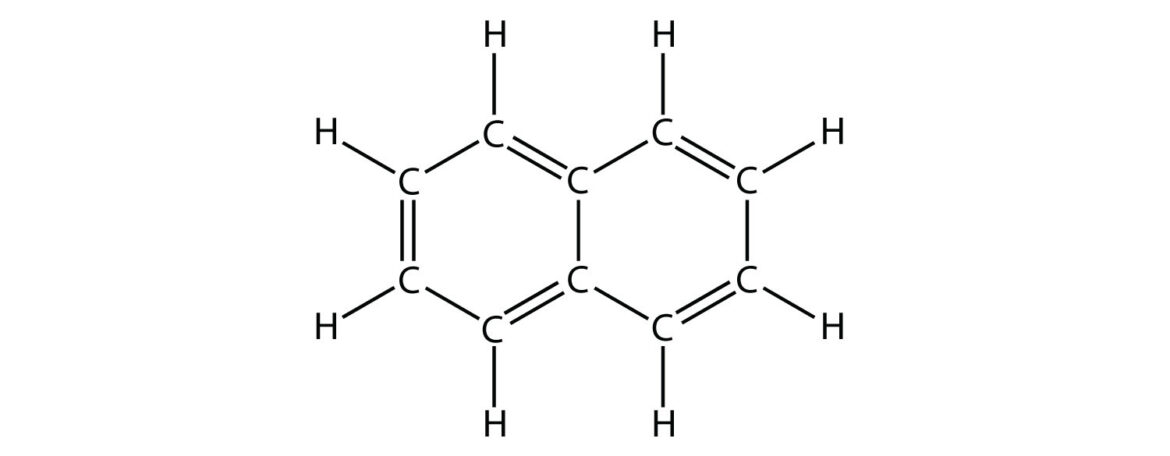In this article we delved into hydrocarbon, we discussed the meaning, the different types, properties and also the uses of hydrocarbons.
What are hydrocarbons?
Hydrocarbons are organic compounds that consist of hydrogen and carbon atoms. They are any of a class of organic chemical compounds composed only of the elements carbon (C) and hydrogen.
Hydrocarbons are examples of group 14 hydrides. Hydrocarbons are generally colorless and hydrophobic; their odor is usually faint, and may be similar to that of gasoline or lighter fluid. They are the simplest and most common type of organic molecule, and are found in various forms and structures.
In the fossil fuel industries, hydrocarbon refers to naturally occurring petroleum, natural gas and coal, or their hydrocarbon derivatives and purified forms. Combustion of hydrocarbons is the main source of the world’s energy.
Nineteenth-century chemists classified hydrocarbons as either aliphatic or aromatic on the basis of their sources and properties. Aliphatic described hydrocarbons derived by chemical degradation of fats or oils. Aromatic hydrocarbons constituted a group of related substances obtained by chemical degradation of certain pleasant-smelling plant extracts. The terms aliphatic and aromatic are retained in modern terminology, but the compounds they describe are distinguished on the basis of structure rather than origin.
READ: NATURAL GAS PROCESSING PLANT
Types of Hydrocarbons
Hydrocarbons are classified as follows:
Saturated Hydrocarbons (Alkanes)
Saturated hydrocarbons, which are the simplest of the hydrocarbon types. They are composed entirely of single bonds and are saturated with hydrogen. The formula for acyclic saturated hydrocarbons (i.e., alkanes) is CnH2n+2: 623 The most general form of saturated hydrocarbons, (whether linear or branched species, and whether with without one or more rings) is CnH2n+2(1-r), where r is the number of rings. Those with exactly one ring are the cycloalkanes. Saturated hydrocarbons are the basis of petroleum fuels and may be either linear or branched species. One or more of the hydrogen atoms can be replaced with other atoms, for example chlorine or another halogen: this is called a substitution reaction. An example is the conversion of methane to chloroform using a chlorination reaction. Halogenating a hydrocarbon produces something that is not a hydrocarbon. It is a very common and useful process. Hydrocarbons with the same molecular formula but different structural formulae are called structural isomers: 625 As given in the example of 3-methylhexane and its higher homologues, branched hydrocarbons can be chiral: 627 Chiral saturated hydrocarbons constitute the side chains of biomolecules such as chlorophyll and tocopherol.
Unsaturated Hydrocarbons (Alkenes and Alkynes)
Unsaturated hydrocarbons, which have one or more double or triple bonds between carbon atoms. Those with one or more double bonds are called alkenes. Those with one double bond have the formula CnH2n (assuming non-cyclic structures).: 628 Those containing triple bonds are called alkyne. Those with one triple bond have the formula CnH2n−2.: 631.
Aromatic Hydrocarbons
Aromatic hydrocarbons, also known as arenes, which are hydrocarbons that have at least one aromatic ring. 10% of total nonmethane organic carbon emission are aromatic hydrocarbons from the exhaust of gasoline-powered vehicles.
– Cycloalkanes: These hydrocarbons have a ring-shaped structure, but are not aromatic.
Example: Cyclohexane (C6H12)
The term ‘aliphatic’ refers to non-aromatic hydrocarbons. Saturated aliphatic hydrocarbons are sometimes referred to as ‘paraffins’. Aliphatic hydrocarbons containing a double bond between carbon atoms are sometimes referred to as ‘olefins’.
Properties of Hydrocarbons
- Flammability: Hydrocarbons are highly flammable, and are used as fuels.
- Solubility: Hydrocarbons are generally insoluble in water, but soluble in organic solvents.
- Reactivity: Hydrocarbons can undergo various chemical reactions, such as combustion, oxidation, and substitution.
- Toxicity: Some hydrocarbons can be toxic and carcinogenic, while others are relatively harmless.
Usage
The predominant use of hydrocarbons is as a combustible fuel source.
- Energy production: Hydrocarbons are the primary source of energy for power generation, heating, and transportation.
- Fuel: Gasoline, diesel, jet fuel, and natural gas are all hydrocarbon-based fuels.
- Chemicals: Hydrocarbons are used as feedstock for the production of chemicals, such as plastics, fertilizers, and pharmaceuticals.
- Lubricants: Hydrocarbons are used in the production of lubricants, such as motor oil and grease.
- Industrial processes: Hydrocarbons are used as a fuel and feedstock in various industrial processes, such as cement production, steel manufacturing, and chemical synthesis.
- Transportation: Hydrocarbons are used as a fuel for vehicles, ships, and aircraft.
- Heating and cooling: Hydrocarbons are used as a fuel for heating and cooling systems, such as furnaces, boilers, and air conditioning units.
- Electricity generation: Hydrocarbons are used to generate electricity in power plants.
- Manufacturing: Hydrocarbons are used as a feedstock for the production of various materials, such as plastics, fibers, and adhesives.
- Agriculture: Hydrocarbons are used in agriculture for powering farm equipment, drying crops, and producing fertilizers and pesticides.

